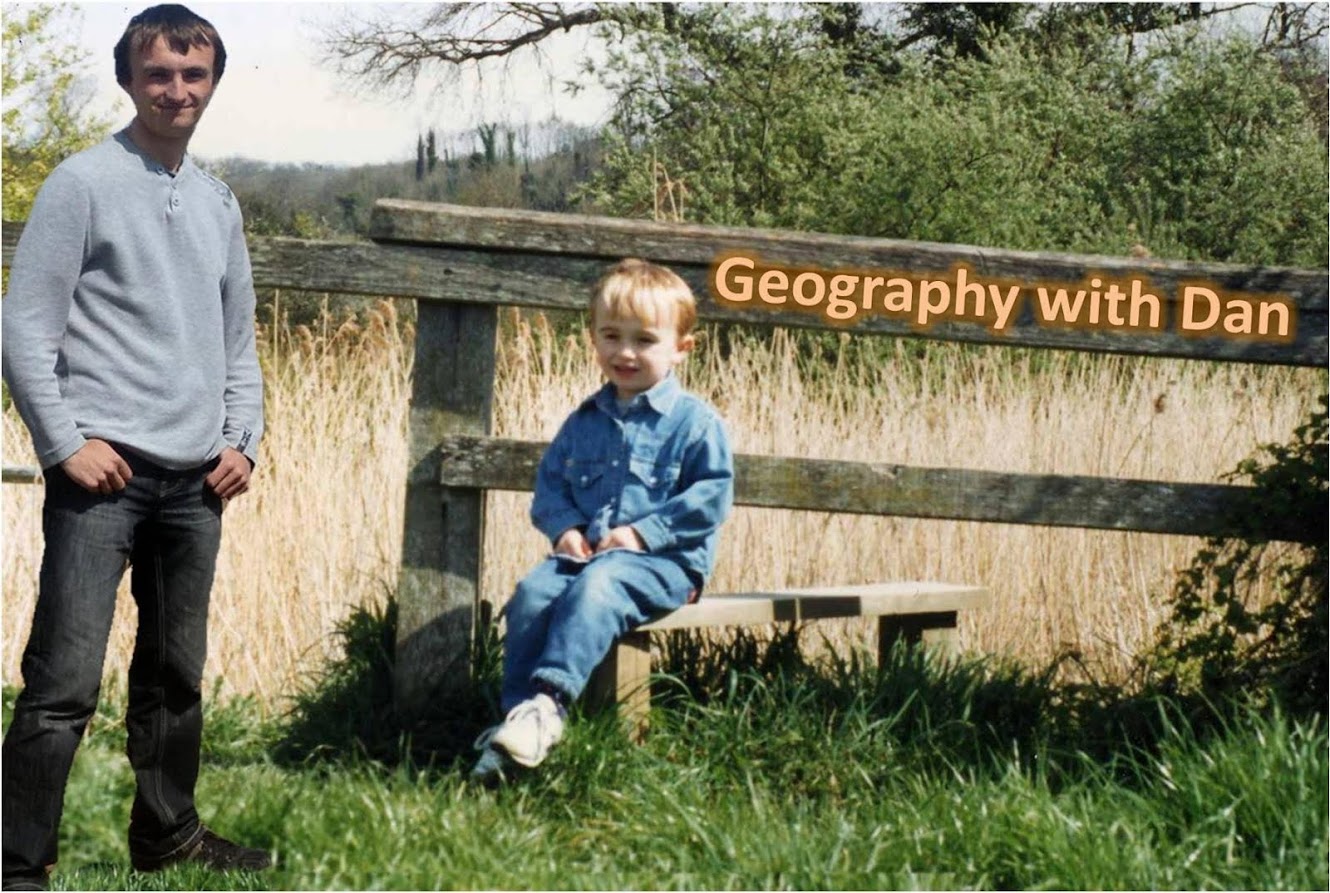Today, I was in Norwich with some friends. Despite being a busy urban area for Norfolk, it too allows space for green parkland areas and indeed what the documentary taught me, if anything, is that some of our most celebrated parks are situated in some of our most celebrated of cities; London, being just one of them.
Most parks you see today have a very long and interesting history. In the 1600s, London was home to 8 'Royal Parks' and these were predominantly used by the upper class by Royal Hunting Grounds. Hyde Park in particular was once a deer park, used in the 1630s by the gentle folk. Subsequent urbanisation distributed itself around this space and throughout the 18th and 19th centuries, more people were able to use it as a zone for both relaxation and exercise. It "blew away the heatness of the ballroom".
The restoration in 1660/1661 was the catalyst for such a transition in parkland use. After the restoration, parks in major cities were transformed into 'Pleasure Gardens' which grew to be very popular. They were the "nightclubs of their age". (Suddenly, my computer's music player co-incidentally shuffles from John Rutter to the LMFAO's 'Party Rock Anthem'). Despite the fact that the 'Pleasure Gardens' were designed for everyone and anyone, their price often deterred the poor from entering; class segregation continued to exist. Today, there is little trace of a pleasure garden; Cruickshank asks four or five London residents about the Vauxhall Pleasure Gardens and nobody has any idea what he is referring to!
Urban expansion in the 19th Century reformed the 'public park'. At the time, the only recreation on offer was the public house, but the Industrial Revolution soon demanded the requirement of more green spaces for health and sport and also a civilised atmosphere for the working population, free of any class segregation. Victoria Park, bordering Bethel Green and Hackney, was given a royal grant, and in 1845, it was took over by the public people. An ornamental lake featured, and a 'Victoria Park Ornithological Society' was created to bring in a bird population. For early risers like myself, a bathing lake for men and boys was on offer from 4am to 8am!
Parks around the country opened for the public; Manchester got three in 1846 after media attention. The design of parks also changed; I mentioned Victoria Park's ornamental lake. Shape started to emerge; from circles and ellipses to triangles and squares! Flower and Rose Gardens were a common feature and play areas were installed. In their evolutionary period, play areas were segregated for boys and girls but apparently the boys tried to invade into both! What are we like, boys?! Football was also banned because the sight of perspiring girls excited the girls! (Both Cruickshank and I laugh)
Cruickshank goes on to explore Liverpool's success in sustaining an exotic palm house, and the surrounding pools, waterfalls, fountains and grottos that make up Sefton Park. He quickly diverts to the introduction of a bandstand that, in 1860, started to change the park's use from not just a public area, but as a place of entertainment. Classical materialistic brass band music offered colour to some extent to the mill workers, as well as civilisation.
Cruickshank tries his hand out at carpet bedding in Alexander Park in Oldham; a practice that has been in existance since the early Edwardian times. The exercise now offers apprenticeships and training for gardeners. Mind you, not the kind of exhileration that grabs me!
In the Second World War, Britain's parkland was used for air raid shelters and trenches were dug but in Regent's Park, in London, 6000 allotments were created. Posters advertised to "Grow Beans for Bullets" and indeed they did. It was an essential use of our green areas and after the war, the parkland in it's original fashion was re-constructed.
The 1950s and the 1980s, famous for suburbanisation patterns and suchlike, consequented in fewer park visits for families. Vandalism and Crime followed, and parks that were once 'civilised areas for all' turned very quickly into bleak 'no go areas' for anyone! Over the last 10 years, however, the Heritage Lottery Fund has invested into some of our most derelict parks and have increased visits to 4 billion a year. East London, famous in some ways with deprived areas, was actually turned into a green oasis. 'Mile End Park' in the Inner City became an ecological hub for London.
Cruickshank conducts a charming piece of music to round off his documentary; a programme, which has changed the way I view parks and maybe will change yours too!
Britain's Park Story: BBC Four





No comments:
Post a Comment